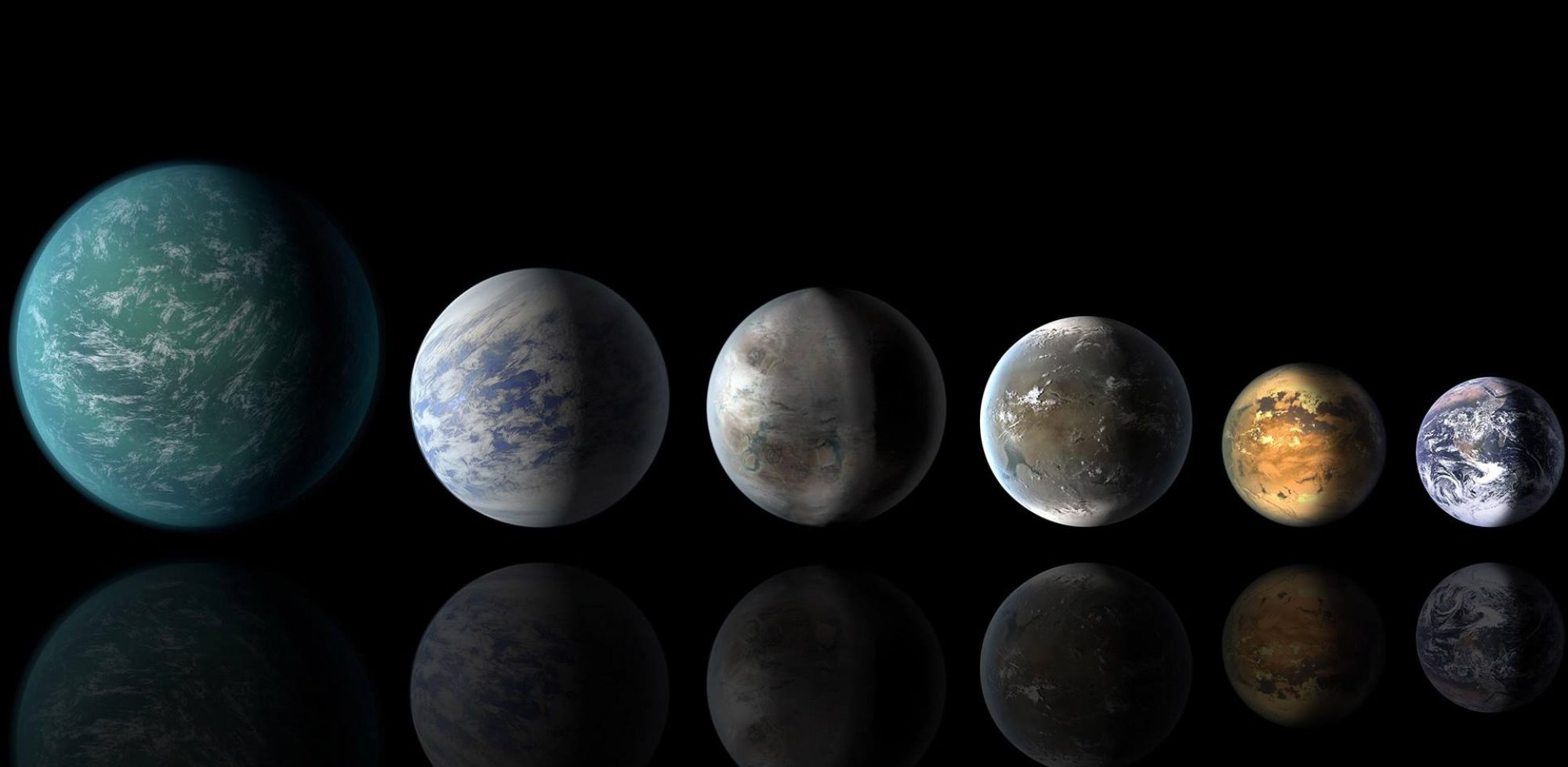A decades-long quest for incontrovertible and complex Martian organics -- the chemical building blocks of life -- is over. After almost six years of searching, drilling and analyzing on Mars, the Curiosity rover team has conclusively detected three types of naturally-occurring organics that had not been identified before on the planet. The Mars organics Science …
Continue reading "Breakthrough Findings on Mars Organics and Mars Methane"
